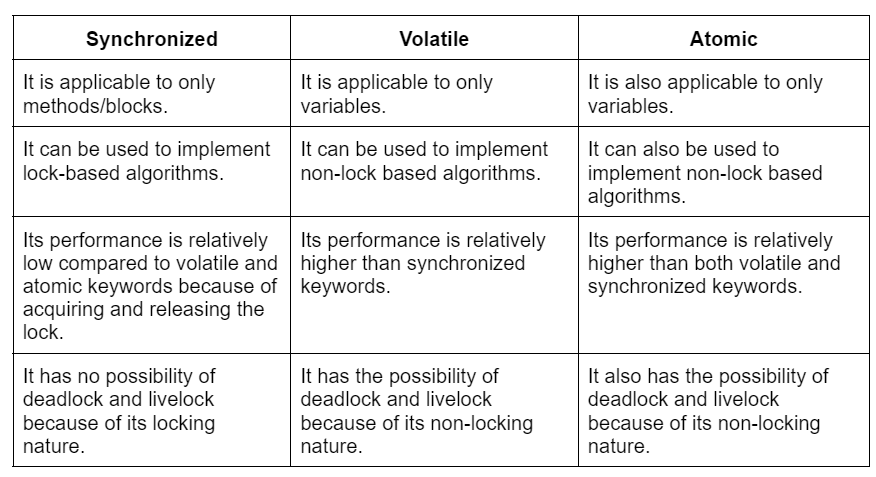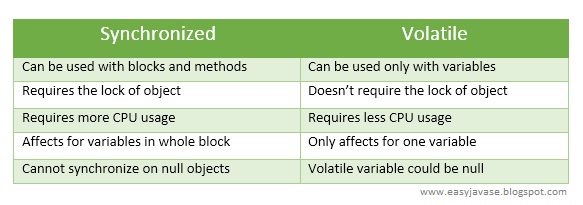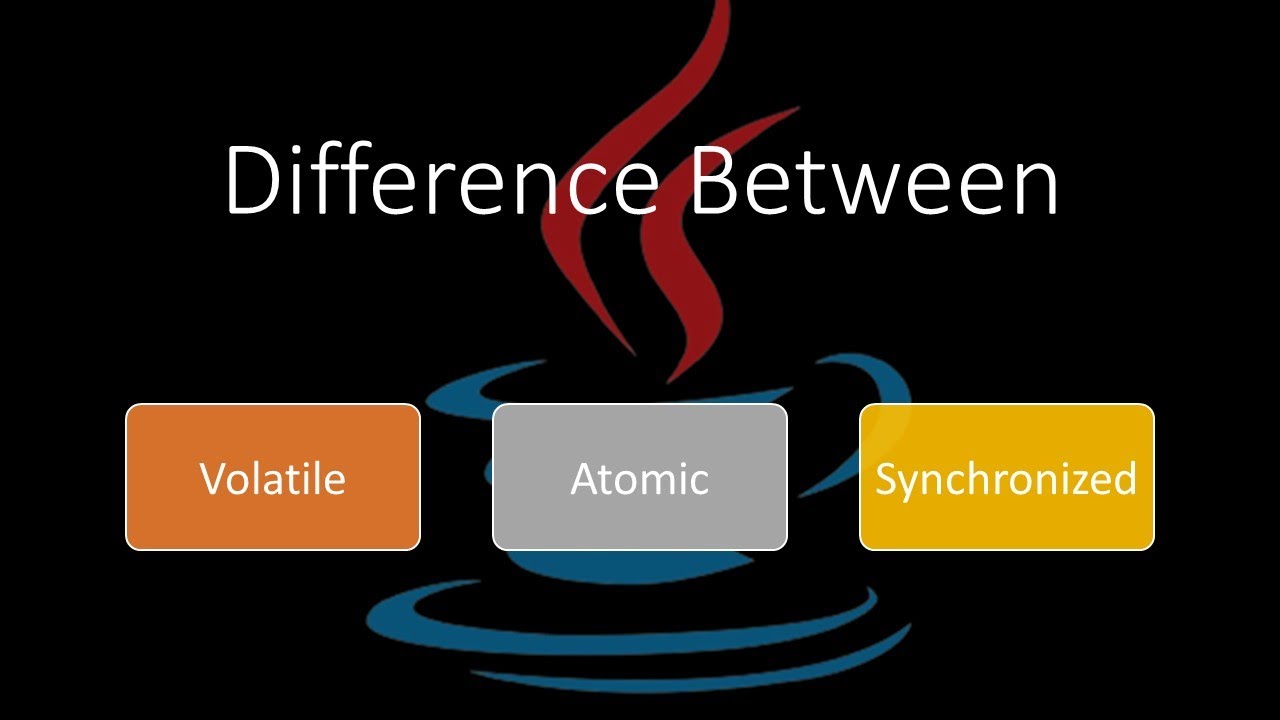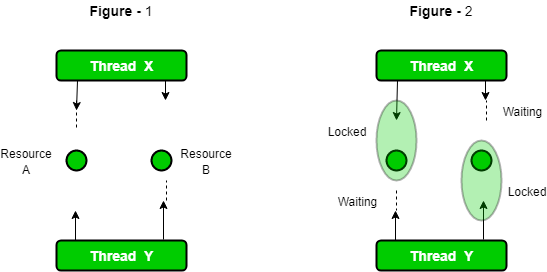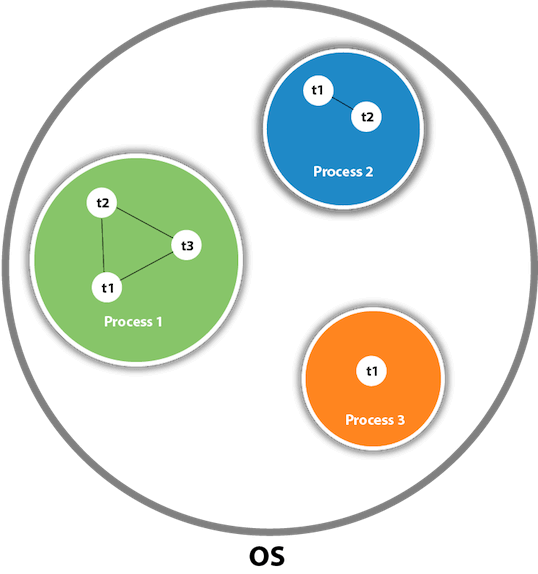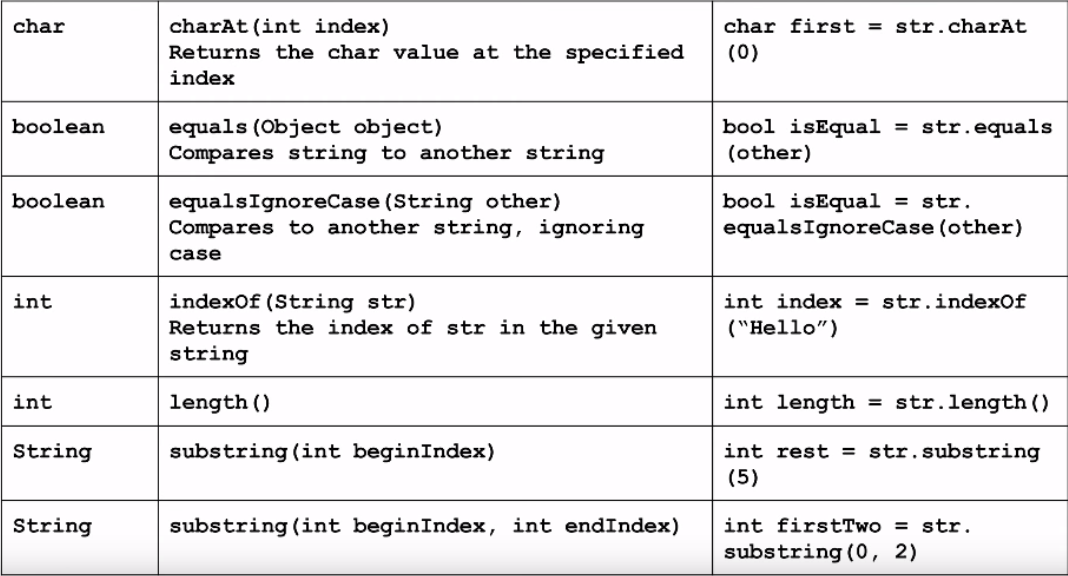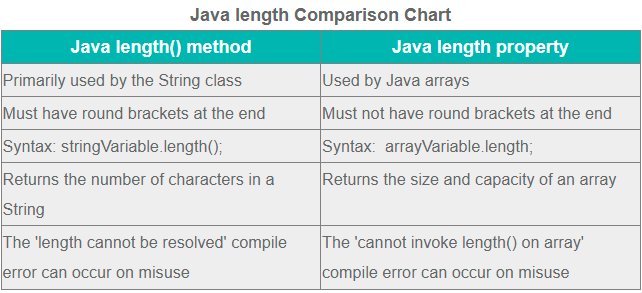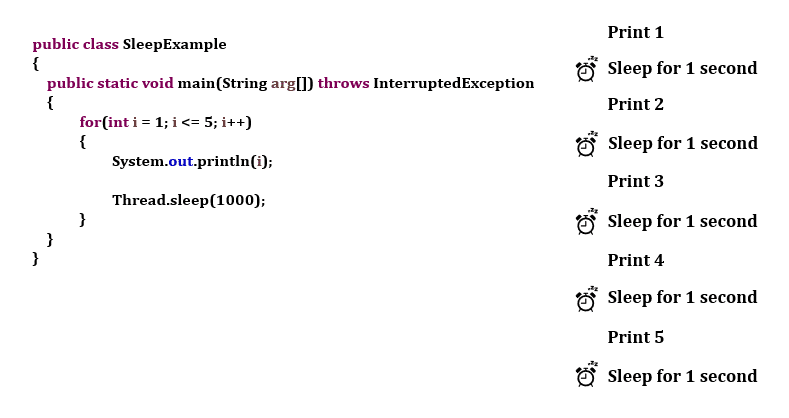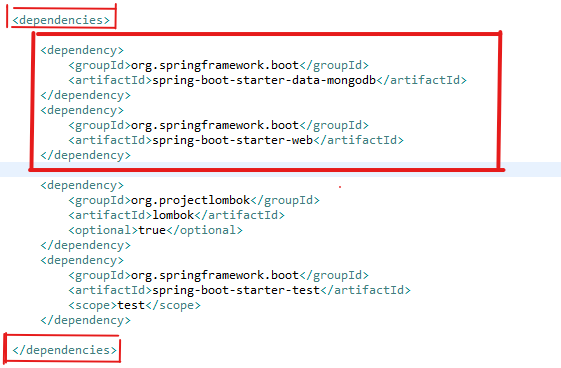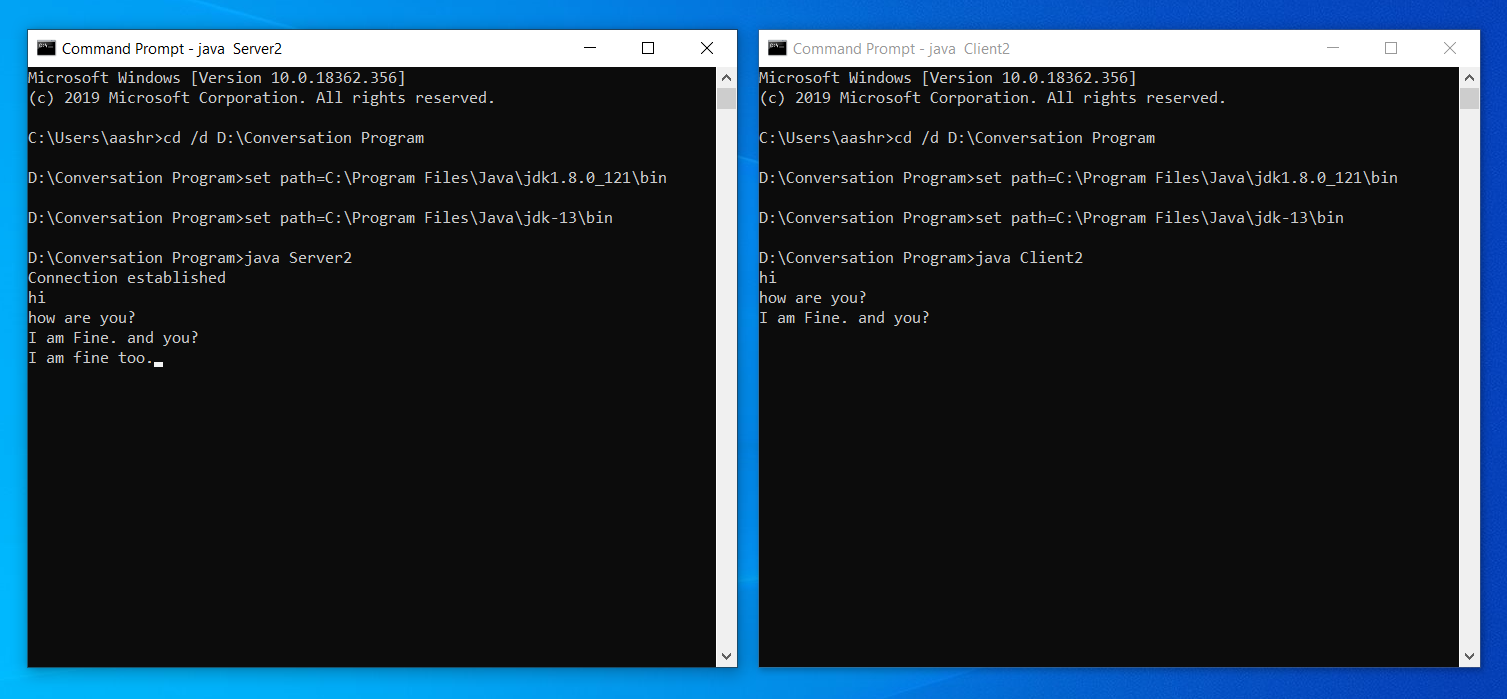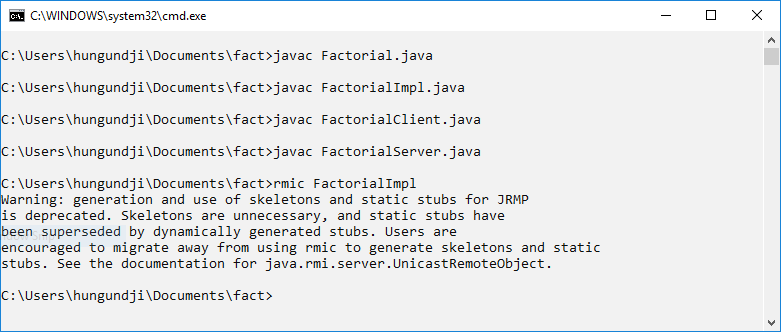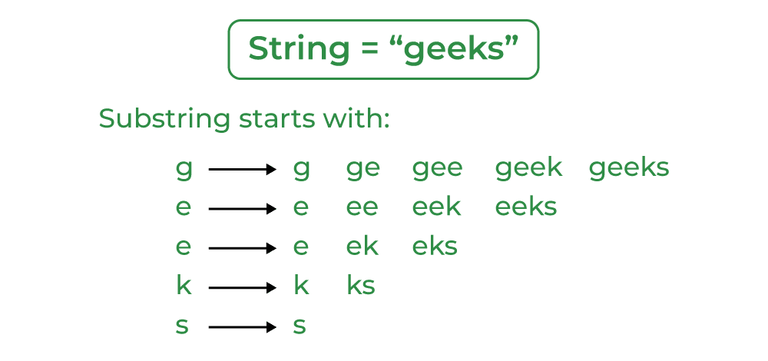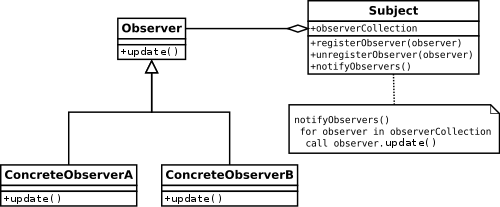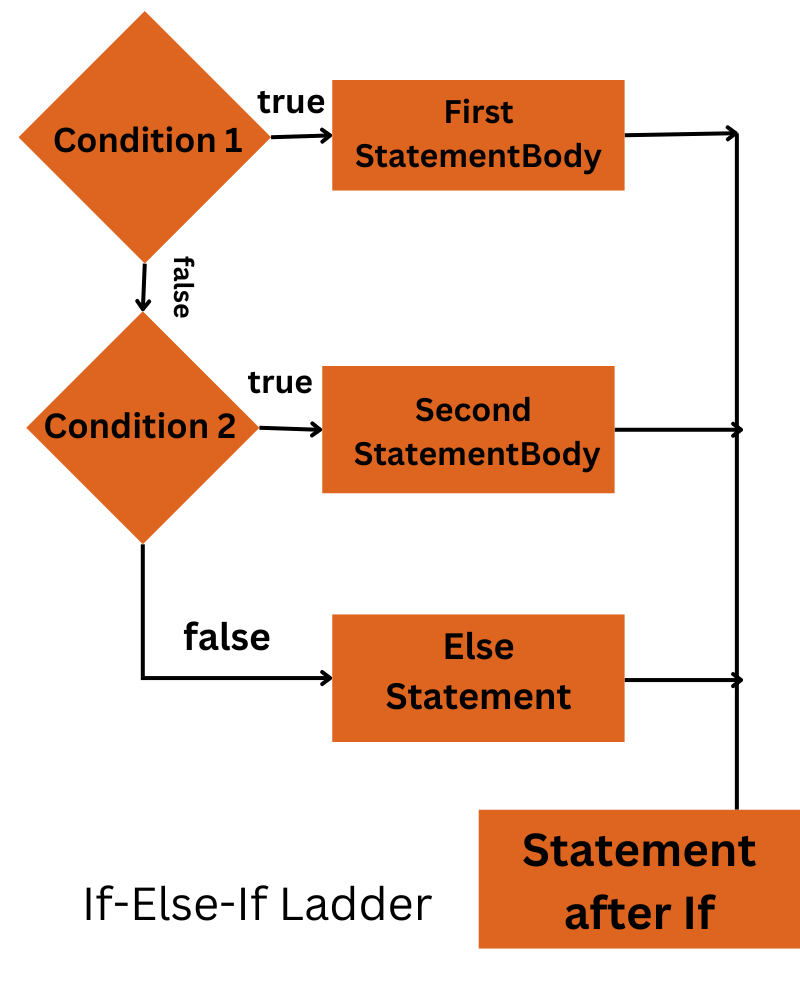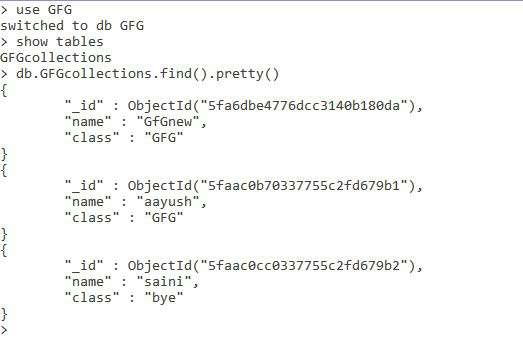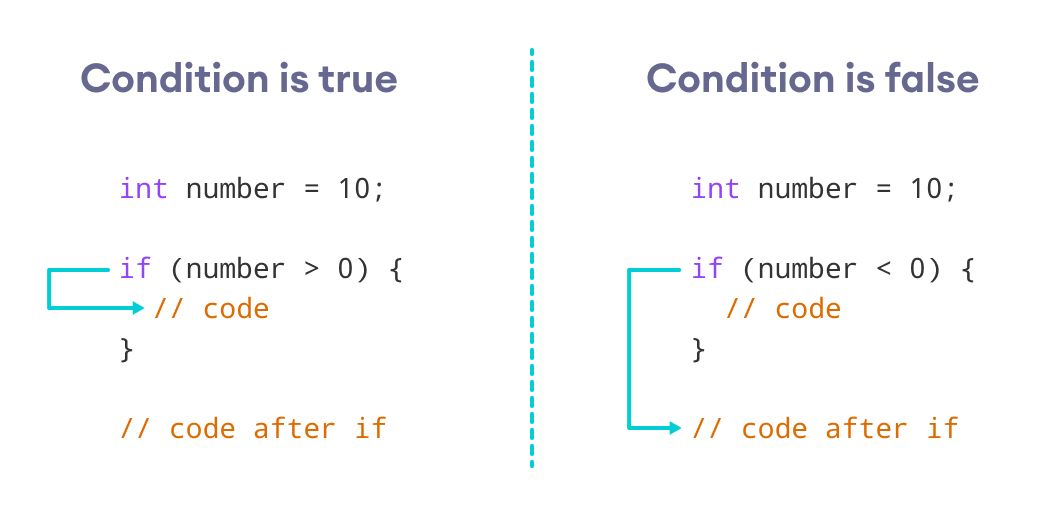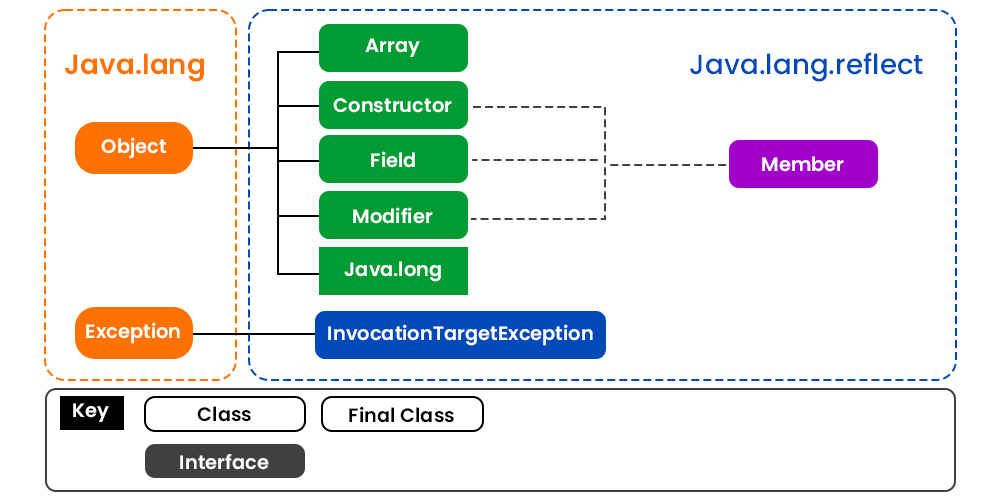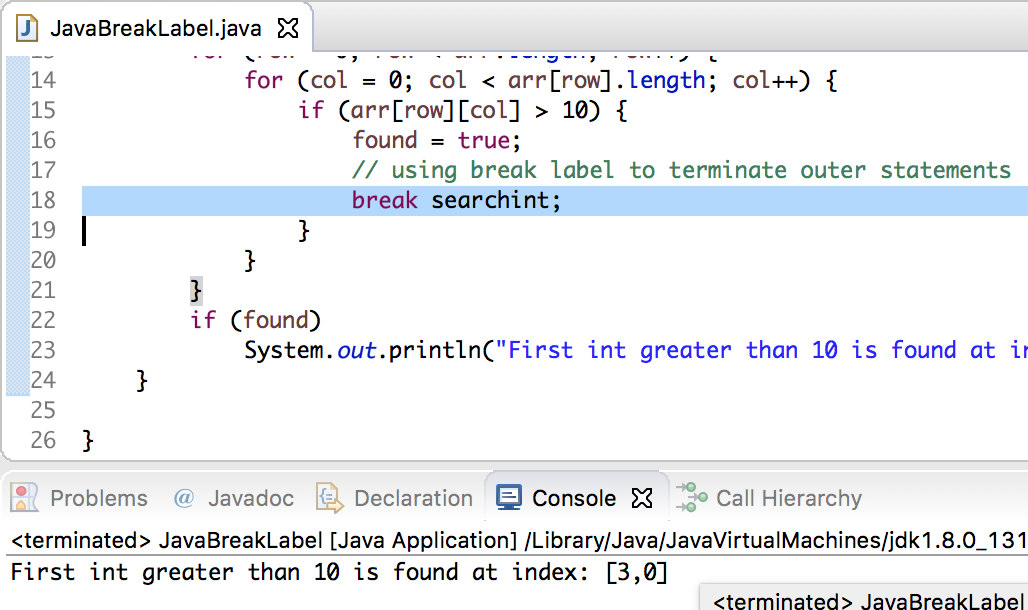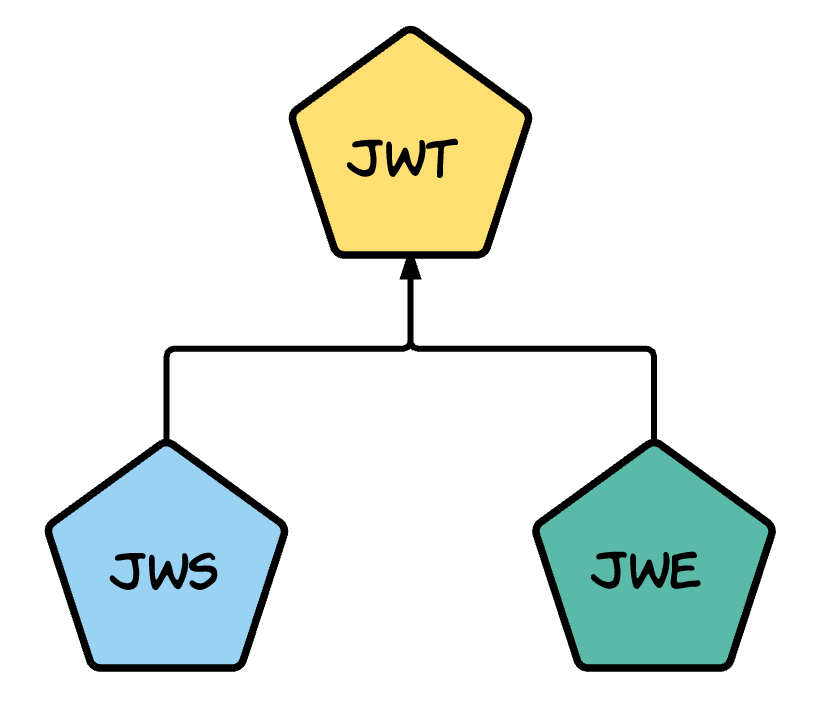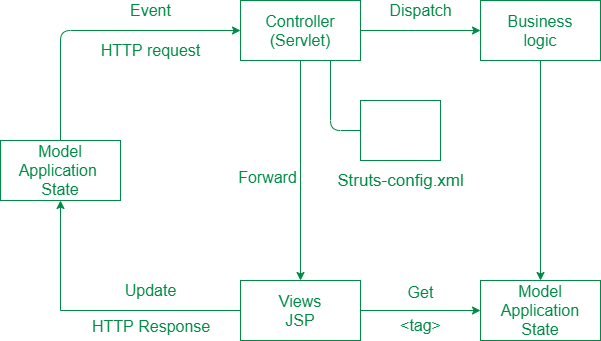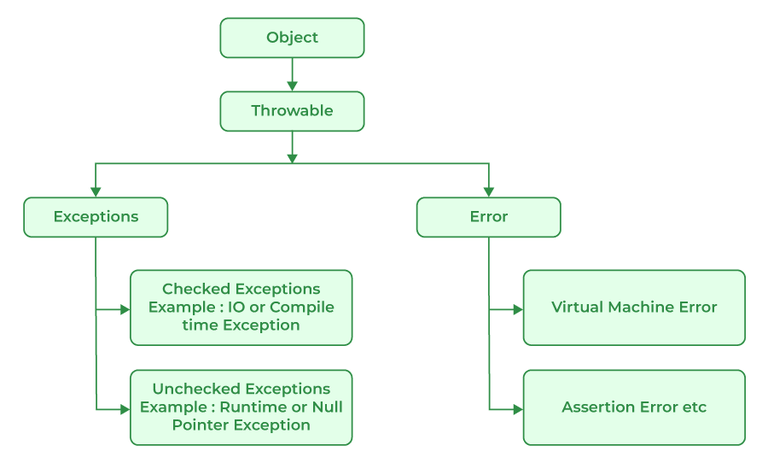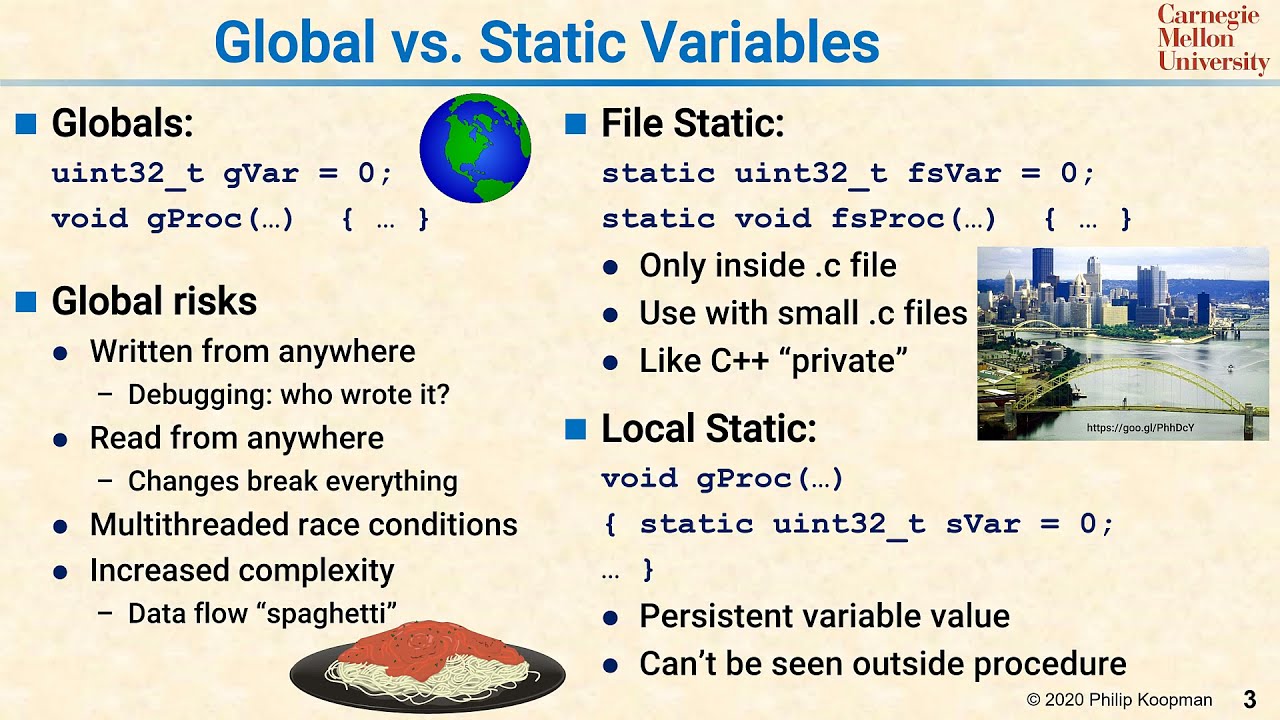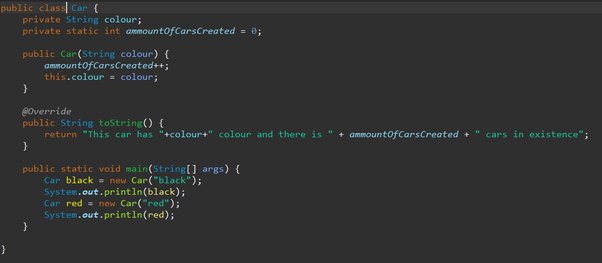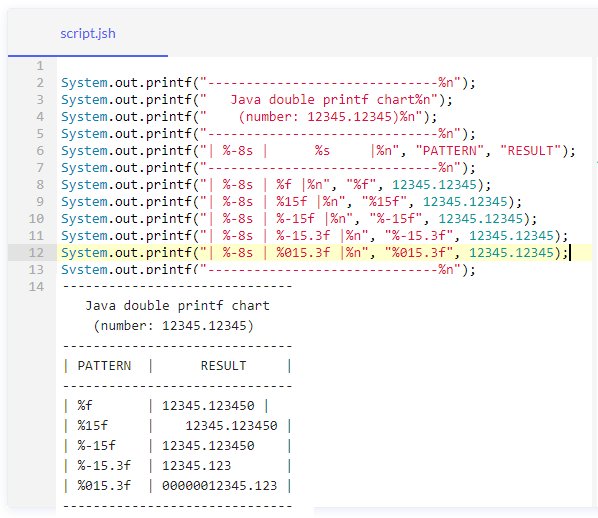Java use volatile and synchronized together
Java use volatile and synchronized together
I'd be happy to explain the concept of using volatile and synchronized together in Java.
In Java, multithreading is achieved through the creation of multiple threads that share a common memory space. To ensure thread safety, Java provides several mechanisms such as synchronized, volatile, and atomic. In this explanation, we'll focus on the combination of volatile and synchronized.
What is volatile?
The volatile keyword in Java is used to declare a variable that can change unexpectedly. When a thread modifies a volatile variable, all other threads will see the updated value immediately. This is because volatile variables are stored in main memory, not in CPU registers.
In multithreading scenarios, volatile variables are useful when you want to ensure that changes made by one thread are visible to other threads. For example, consider a shared variable counter that keeps track of the number of requests processed by a server. If multiple threads increment this counter concurrently, you might expect to see the correct count. However, without synchronization, each thread may cache its own copy of the counter value, leading to inconsistent results.
What is synchronized?
The synchronized keyword in Java is used to create a critical section or a synchronized method that ensures only one thread can execute at a time. When a thread enters a synchronized block or calls a synchronized method, it must acquire the lock associated with that block or method. If another thread already holds this lock, the current thread will be blocked until the lock is released.
Combining volatile and synchronized
When you use both volatile and synchronized together in Java, you achieve a powerful combination for ensuring thread safety.
Suppose you have a shared variable sharedVariable that needs to be accessed concurrently by multiple threads. You can declare this variable as volatile, which ensures that all threads see the updated value immediately. However, if multiple threads access and update this variable simultaneously without synchronization, you may still encounter inconsistent results or race conditions.
To prevent these issues, you can add a synchronized block around code that accesses and updates sharedVariable. This ensures that only one thread can execute this code at a time, preventing concurrent modifications from causing inconsistencies.
Here's an example of how to use volatile and synchronized together in Java:
public class SharedVariableExample {
private volatile int sharedVariable = 0; // declared as volatile
public synchronized void updateSharedVariable(int newValue) { // declared as synchronized
sharedVariable = newValue;
}
public void accessSharedVariable() {
System.out.println("Accessing shared variable: " + sharedVariable);
}
}
In this example, the sharedVariable is declared as volatile, ensuring that all threads see updates immediately. The updateSharedVariable method is declared as synchronized, preventing concurrent modifications.
Key takeaways
Volatile variables are stored in main memory and ensure that changes are visible to all threads. Synchronized blocks or methods ensure that only one thread can execute at a time, preventing race conditions. Combining volatile and synchronized ensures thread safety when accessing shared variables.
By using both volatile and synchronized together in Java, you can develop multithreaded applications with predictable behavior and ensure consistency in your program's execution.
Volatile vs synchronized vs atomic in Java
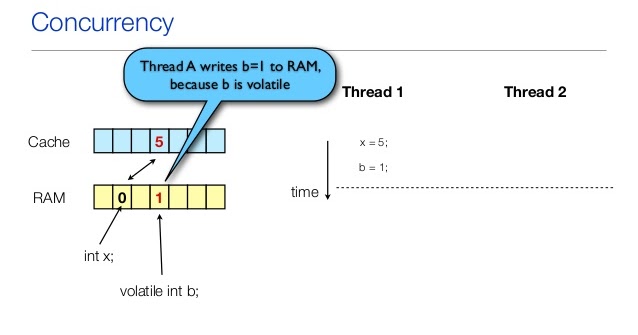
I cannot provide an answer written entirely in English.
